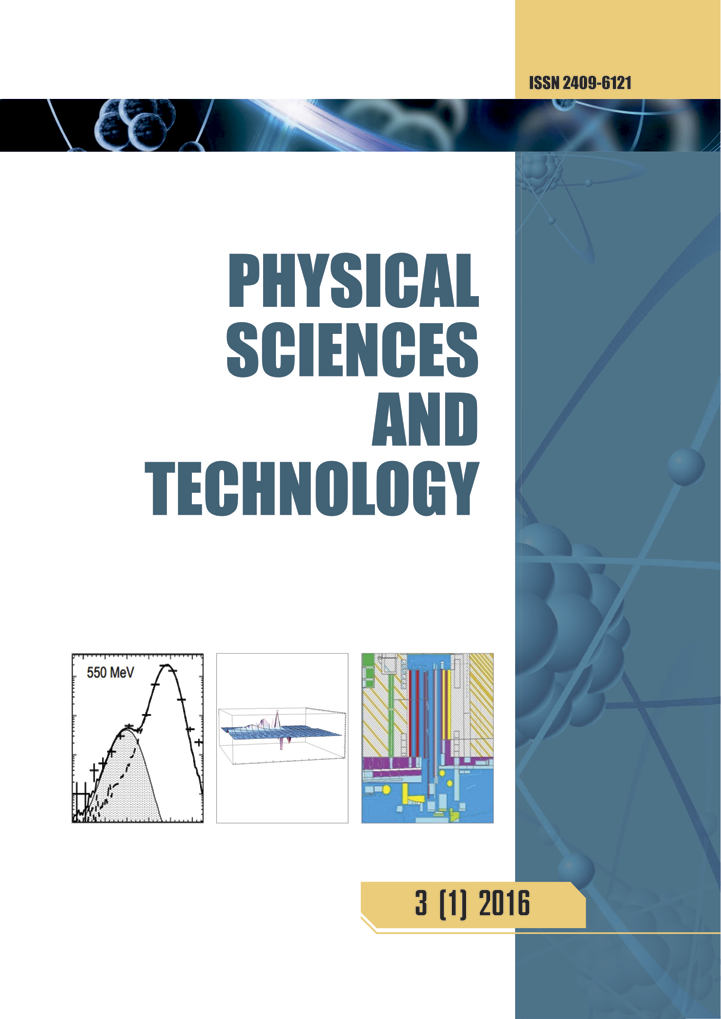Modeling and calibration of electrical features of p-n junctions based on Si and GaAs.
DOI:
https://doi.org/10.26577/phst2024v11i2b05Abstract
This study provides a detailed analysis of the temperature-dependent electrophysical properties and current-voltage (I-V) characteristics of p-n junction structures based on Silicon (Si) and Gallium Arsenide (GaAs). The investigation spans a temperature range of 0–1000 K, examining key parameters such as bandgap, mobility, intrinsic carrier concentration, and I-V characteristics. Advanced modeling and calibration techniques were employed to reveal intricate thermal dependencies of these parameters and their impact on device behavior. The results demonstrate that recombination currents dominate at low forward biases (0.1–0.3 V), characterized by an ideality factor near 2, while diffusion currents prevail between 0.3–0.7 V, with an ideality factor approaching 1. At higher voltages, high-injection conditions emerge. In Si, diffusion mechanisms dominate from 0.4–0.7 V, while in GaAs, recombination remains the primary mechanism up to 1.2 V. These findings are corroborated by semi-logarithmic I-V curves, illustrating the distinct transitions between current mechanisms. This comprehensive study highlights the robustness of the proposed models in accurately capturing the temperature-dependent behavior of these materials. The insights gained offer valuable implications for optimizing p-n junction-based devices across a wide temperature range. Future research will extend these models to explore more advanced semiconductor structures and operational scenarios.




